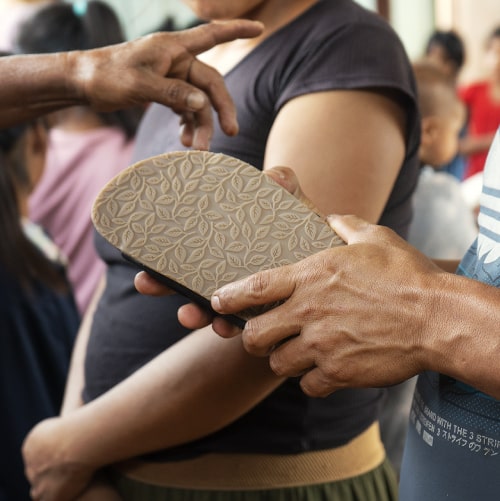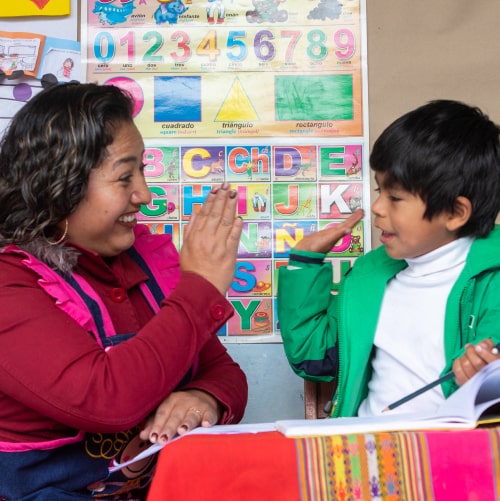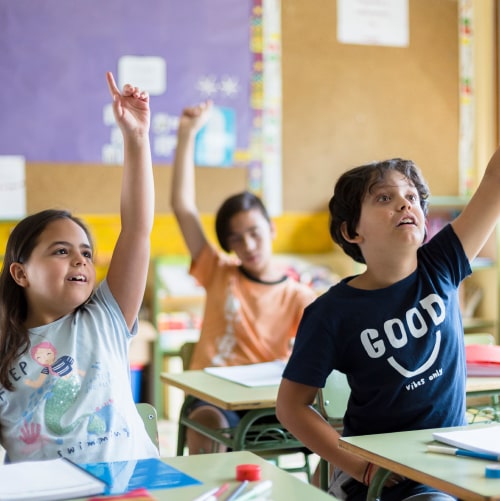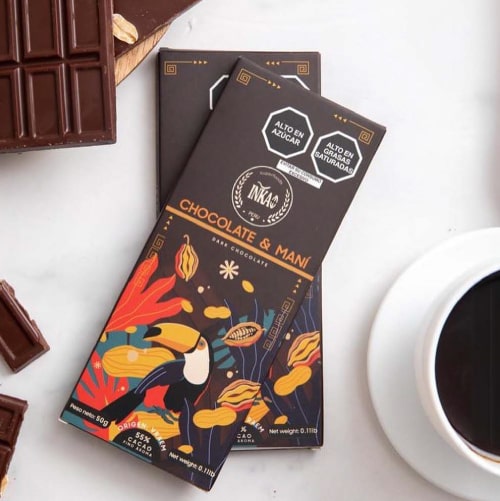Pieces from the El Brujo Archaeological Complex are exhibited in the United Kingdom along with other pieces of Cultural Heritage from Peru.
Part of the beautiful collection of nose ornaments from the funerary goods of the Lady of Cao, kept at the site museum of the El Brujo Archaeological Complex (EBAC), were handed over on loan for an exhibition entitled “Peru: A Journey in Time”, which has been on display at the British Museum in London, the United Kingdom, from November 11, 2021, to February 20, 2022.
Forty-three pieces from nine Peruvian museums are on exhibition in this European country. Among these, in addition to the nose ornaments, are a Moche-style ceremonial outfit from the Santiago Uceda Castillo Museum, a Chimú-style model, pre-Hispanic goods of ceramic and metal from the collections of the National Museum of Archaeology, Anthropology, and History of Peru; as well as some of the materials from the Kuntur Wasi Museum in Cajamarca, including an impressive gold headdress that is 2,500 years old and a pair of earrings that formed a part of an elite burial discovered at the archaeological site of the same name.
“The pieces presented at the British Museum in London are important and very renowned. They have chosen to take them on a temporary loan, since they have been shown in other parts of the world, and they will present them with an emphasis on the technological advances achieved by Andean societies in pre-Inca times”, indicated Rubén Buitrón, head of the laboratory at the El Brujo Archaeological Complex, who also expressed that he felt happy and excited for this event.
“As an archaeologist at the El Brujo Archaeological Complex, I feel happy to have been able to contribute to these pieces being displayed, and that it will be shared, furthermore, how Andean societies achieved important accomplishments not only on a metallurgical level, but also a technological one. The pieces on exhibit were created through very complex procedures for the time, such as soldering; it was difficult even for the Europeans to perform these at that time. It is an opportunity to show ourselves to the world in another light”.
The role of the Wiese Foundation is focused on technical assistance to the British Museum. In other words, collaborating in the process of selecting pieces to exhibit, indicating the conservation conditions required during exhibition, providing the corresponding documents for exiting the country, offering technical opinions on the mounting of the exhibition rooms in the British Museum, and any other type of arrangement having to do with the care and conservation of these materials from the El Brujo Archaeological Complex.
“We have been and will continue to be in constant communication with the specialists from the British Museum, who have been reporting to us on the state of the pieces throughout the duration of the exhibition, through digital tools”, comments Buitrón.
About the Event
“Peru: A Journey in Time” is an exhibit that has been on display since November 11 at the British Museum in London, the United Kingdom, thanks to an agreement signed between that institution and the Ministry of Culture of Peru. This exhibit explores the thousands of years that human beings have lived in the extraordinary landscapes of the Andes mountains and beyond.
It should be noted that this is the first large-scale exhibition that the British Museum has organized about Peru, and which was developed for the bicentennial of Peruvian independence. The display can be visited until February 20, 2022.
The exhibit begins with the Chavín Culture, in the year 1,200 BCE, and ends with the fall of the Incas in 1532, covering the history of six little-known, but extraordinary societies of Ancient Peru. Cultures of which there is still evidence today of their existence and majesty, throughout the length and width of the national territory.
The tour of the exhibit begins with a look at the Andean legacy, and how present-day society reflects a combination of cultures, religions, and transformations from the last 3,000 years of history.









